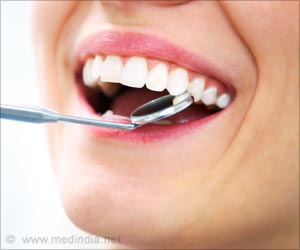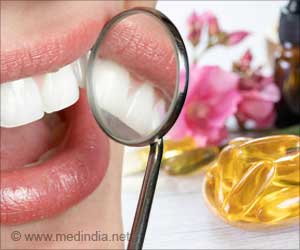Researchers at Rutgers University in New Brunswick today announced an innovatory treatment for periodontal disease, that not only kills the bacteria that attacks the gum but also supports healing and regeneration of tissue and bone around the teeth.
Severe form of periodontal disease affects 8-12% of Americans that needs complicated treatments like surgery. This problem may lead to tooth loss, if not treated on time.The new treatment was presented at the 232nd National Meeting of the American Chemical Society in San Francisco by Michelle Johnson, a graduate student in the research group of paper co-author Kathryn Uhrich, a professor of chemistry and chemical biology at Rutgers.
This revolutionary technology is a polymer-based drug delivery system that may be inserted in pockets between the teeth and the gum. "There has never been anything like this available to clinicians and it will certainly find a very prominent role in periodontal therapy in the future," said Mark Reynolds, chair of the department of periodontics at the University of Maryland Dental School, who collaborates with Uhrich on the research.
"The new polymer or "plastic" material, when inserted between tooth and diseased gum, treats the bacterial infection, inflammation and pain with pharmaceuticals incorporated into the material itself, " Johnson explained. "It employs salicylic acid, the active ingredient in aspirin, for the swelling and discomfort, and three antimicrobials each with a different release rate – compounds of clindamycin, chlorhexidrine and minocycline, " he said.
"Once implanted, the polymer gradually breaks down to release the salicylic acid, which relieves pain and reduces inflammation, and the antimicrobials which inhibit infection at a sustained pace, " Uhrich added.
The spreading of plaque from the tooth surface to beneath the gum line leads to periodontal disease. The plaque contains bacteria that can cause irritation, inflammation and subsequent destruction of tissues and bone supporting the teeth. This destruction results from the pockets formed between the teeth and gums that become points of infection.
Advertisement
New biomaterial is being tested on several animal systems by Reynolds to evaluate tissue reactions and to draw the timeline of its decomposition and release of the drug. Human clinical trials may take 2-3 years, based on the U.S. Food and Drug Administration’s approval.
Advertisement
GYT





